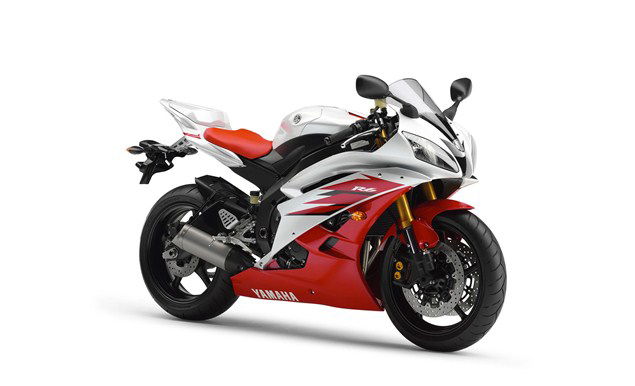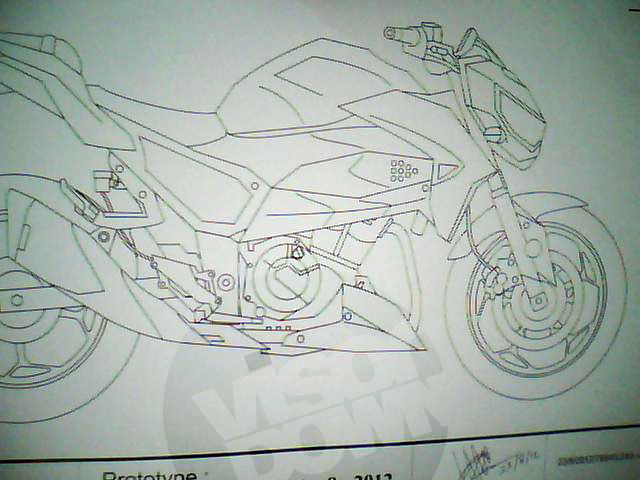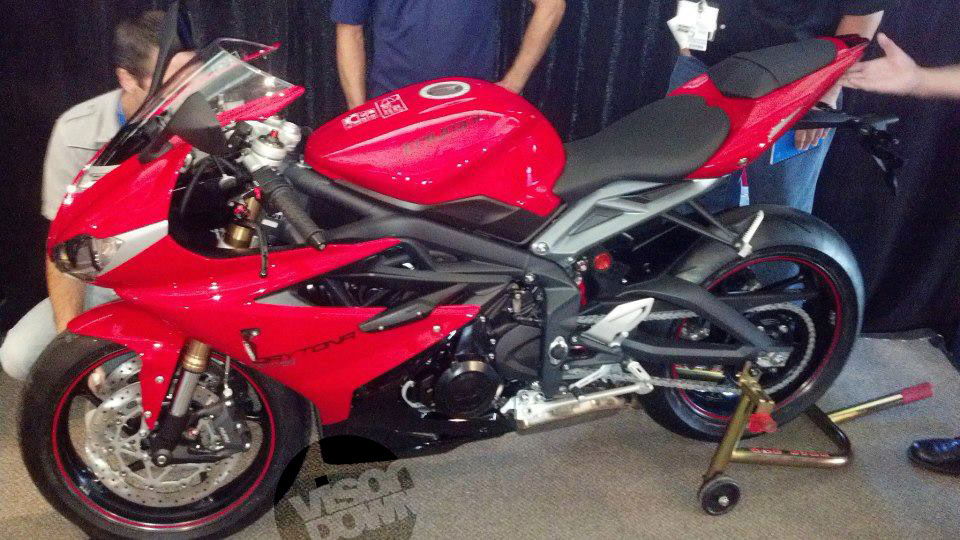Next Yamaha R6 and R1 will be triples
675cc and 1100cc three-cylinders planned from 2014


SOURCES close to Yamaha in Japan say the three-cylinder concept engine shown at Intermot earlier this month will lead to replacements for both the R1 and R6 as the firm makes a clean break from its four-cylinder heritage.
Yamaha was bold in its admissions during the concept's presentation that the firm hadn't made enough exciting bikes in recent years, and said the triple would “shape Yamaha's future motorcycle line-up” but stopped shy of spelling out exactly which models the motor would appear in.
It's now becoming increasingly clear that triples could become the dominant layout in future Yamahas, covering everything from scooters – the firm both patented and tested a 750cc three-cylinder T-Max derivative several years ago – to superbikes. Our sources say that several different three-cylinder engines are under development, in a range of sizes, to cater for the wholesale change in the firm's line up.
With the current R6 able to trace its heritage back seven years to the 2006 model, launched in 2005, and the existing R1 basically unchanged since its move to a cross-plane crankshaft in the 2009 model year, both are starting to look old in comparison to their nearest rivals. Yamaha is already understood to be lobbying for changes in WSB regulations to allow for triples to get a capacity allowance between the existing 1000cc for fours and 1200cc for twins (at the moment, triples would effectively be hamstrung by having to stick to 1000cc, the same as higher-revving four-cylinder motors).
Interestingly, Yamaha's move to triples comes hot on the heels of Honda's announcement that it will make a new V4 superbike – a layout that was once synonymous with the firm. The sheer performance of modern bikes has reached a point at which it's hard to persuade buyers to trade up to the latest model – many find their existing machines are already more than fast enough, so the lure of a handful of extra horses isn't the temptation it was a few years ago. Honda, and now Yamaha, have recognised that by giving their machines a distinct character – without sacrificing performance – they stand a better chance of distinguishing themselves from their rivals.
Yamaha's triple move may, however, be even sharper than Honda's shift back towards V4s, as it could help address the ever rising cost of modern bikes. While developing new engines is enormously expensive, the simple expedient of reducing the cylinder count can offer cost savings when it comes to production. Cylinders, valves, con-rods; when all else is equal the number of parts in an in-line triple is smaller than in a four. Of course, Yamaha has yet to explain how its “cross-plane” crank works in the triple – it could involve extra balancers, whether shafts or reciprocating weights, that would start adding to the overall component count again. If it's just referring to a conventional 120 degree triple – arguably “cross-plane” since it's not “flat-plane”, although others will argue it doesn't meet the definition since its journals aren't at 90 degrees to one another – then the component count should be lower than a four-cylinder's.
Although it's been a long time since the firm made a three-cylinder bike – the XS850 – the firm does have recent experience with the layout. Its snowmobile range includes the 1050c Nitro, Venture and Vector triples as well as the Viking 973cc three-cylinder, and it's also made several three-cylinder Waverunners over the years. It also offers a 750cc three-cylinder outboard motor, albeit a low-revving, SOHC design, and Yamaha's engineering arm has been involved in many engine-development projects for other firms, with virtually every imaginable cylinder layout.

